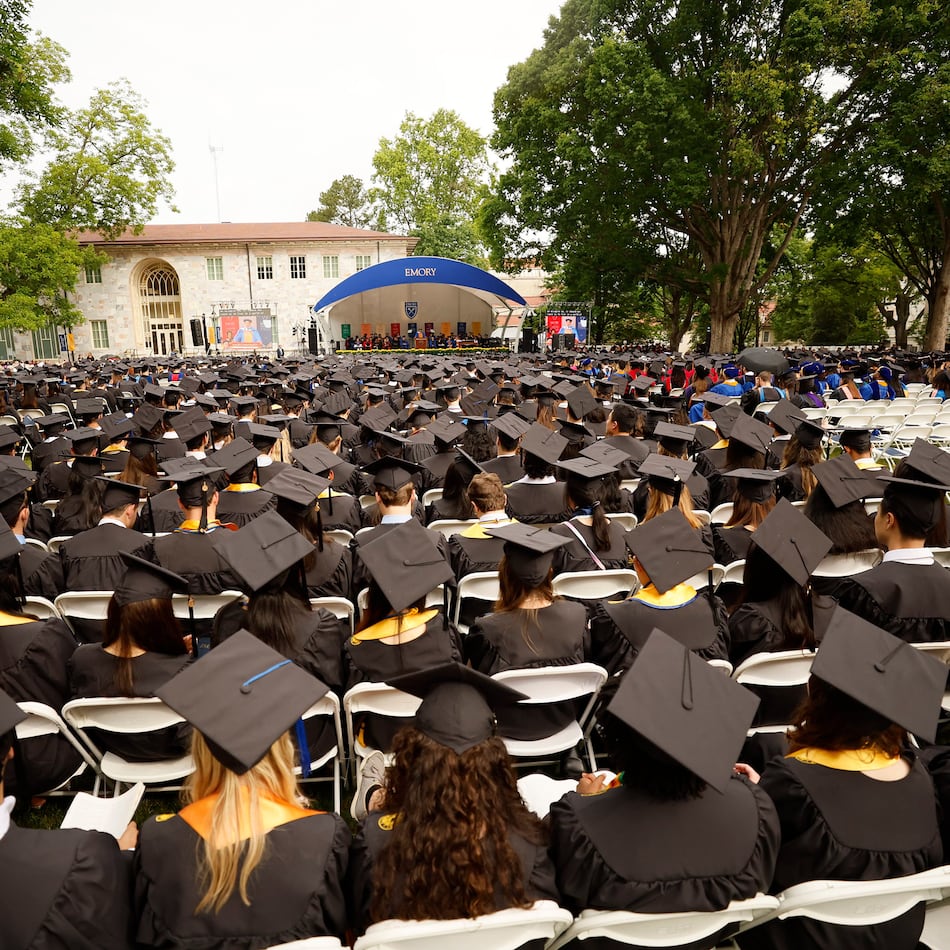Chakaia Booker is an artist given to hide-and-seek. The colorful post-and-lintel headdress she wore at the reception for her solo show at the ACA Gallery of SCAD commanded attention, yet she eluded most questions during her public interview.
Booker’s sculptures are every bit as dramatic as her costumes, and they, too, refuse to be pinned down. But what is frustrating in an interview makes for a rich experience in an art work. Crafted almost exclusively from used tires, the sculptures evoke a riptide of associations that carry the viewer from art to politics to culture, to the recesses of the id.
They are also compelling objects. The New York-based artist skillfully manipulates rubber to create a variety of effects, exploiting everything from its color and malleability to the texture of the tread patterns. Her vocabulary, demonstrated in the selection of works at SCAD, includes the staccato of pointy shards, the liquidity of undulant folds, the order of carefully layered tiles. Booker assembles the parts into compositions that radiate the kind of energy concentrated in the moment before a tiger springs.
Meaning is bewitchingly mutable. A pouf of spiky forms brings to mind ferns, switchblades, the raffia collar of an African mask. At times, its color projects menace. In the context of an African-American artist’s oeuvre, race comes to mind. The material inevitably invites thoughts of car culture. Ripped apart, cut up and contorted, the former tire seems to embody the state of the automobile industry and, especially lately, environmental disaster. The imagery of Booker’s new photogravures reinforces the latter interpretation: She casts herself as a mythic Mad Max character, foraging in a barren landscape at the end of days.
Yet, the work also sounds a hopeful note, of resilience and transformation. In fact, Booker was inspired to use rubber 30 years ago after admiring the colors of melted tires of burning cars in her East Village neighborhood, an experience that embodies those opposing metaphors.
The transformation is hard-won, however, requiring the physical effort separating rubber from tire armatures and the strength to manipulate it. (Is there a hint of, shall we say, radial feminism in this stereotypically man’s work?)
The curators of the 2000 Whitney Biennial juxtaposed a Booker piece to a found-object assemblage by self-taught artist Thornton Dial. The use of cast-off material is a connection, though Dial is allegorical and Booker, as we’ve seen, prefers ambiguity. Modernism is more relevant to her place in history. Her work seems to be in conversation with Frank Stella’s protruding calligraphic wall sculptures, John Chamberlain’s assemblages of crushed cars, Louise Nevelson’s all-black assemblages, Nancy Grossman’s dangerous leather-covered heads. “Vacancy,” the rectangular mural at SCAD, summons Jackson Pollock’s action painting.
It’s a confident dialogue. Not “I can do your thing in rubber,” but “I have found my own way to further the language.” Call her art, as some have, post-industrial abstraction. Or call it pre-“post-black.” The term describes the work of younger conceptual artists -- among them, Nadine Robinson and Jennie C. Jones, who also aim to introduce a more complex and multicultural reading of modernism. Undoubtedly, Booker’s fusion of form and material taps the zeitgeist in powerful ways.
Catherine Fox is chief visual arts critic of ArtsCriticATL.com
Art review
“Sustain: Chakaia Booker”
Through Aug. 29. 10 a.m.-5 p.m. Tuesdays-Saturdays; noon-5 p.m., Sundays. ACA Gallery of SCAD, Woodruff Arts Center. 1280 Peachtree St. N.E., Atlanta. 404-815-2931. www.scad.edu .
The bottom line: Terrific, provocative work by an important artist.
About the Author
Keep Reading
The Latest
Featured

